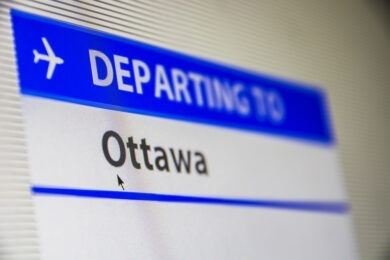It’s a classic case of good news/bad news. The United States ranked as the worldwide leader in the business and leisure travel sector in 2016. But a new report by the World Travel & Tourism Council (WTTC) suggests that growth will slow this year.
In 2016, the United States accounted for 20 percent of global travel and tourism GDP contribution. An economic impact so substantial proves there’s more to the travel and tourism industry than rest and relaxation. Last year, the industry pumped $1.5 trillion into the domestic economy and supported more than 14 million jobs. These figures represent 8.1 percent of the U.S. GDP and 9.4 percent of total employment.
The growth rate for 2017 is projected at 2.3 percent, a half-point lower than the 2.8 percent rate posted last year. WTTC attributes the expected drop to a decline in inbound travel, driven by two key factors: a strong dollar and anti-foreign sentiment.
A strong dollar likely will lead international travelers to opt out of visiting the United States in favor of destinations offering better value. Fewer inbound travelers arriving in 2017 translates to an expected 0.6 percent decrease in the amount of money spent by foreign visitors in the United States.
In addition, the Trump Administration’s controversial attempt to ban visitors from six predominantly Muslim countries from entering the United States sent anti-U.S. sentiment surging in recent weeks.
“International arrivals have shown very strong growth over the last few years. For the U.S. to continue on this growth path, it is important to address the current forecast drop in inbound travel, and to reverse the negative perceptions created by the proposed travel ban,” said David Scowsill, WTTC President & CEO.
Scowsill outlined a four-point plan for the administration to follow in order to achieve those goals:
–Continue to be open for business, which means no discrimination among those who want to visit the country for business and leisure purposes.
–Invest in marketing to promote the diversity of the U.S. to the global traveling public.
–Implement investment in infrastructure, including roads, airports, accommodation and attractions.
–Maintain open skies, as competition among airlines means more choices and better air fares for consumers.




